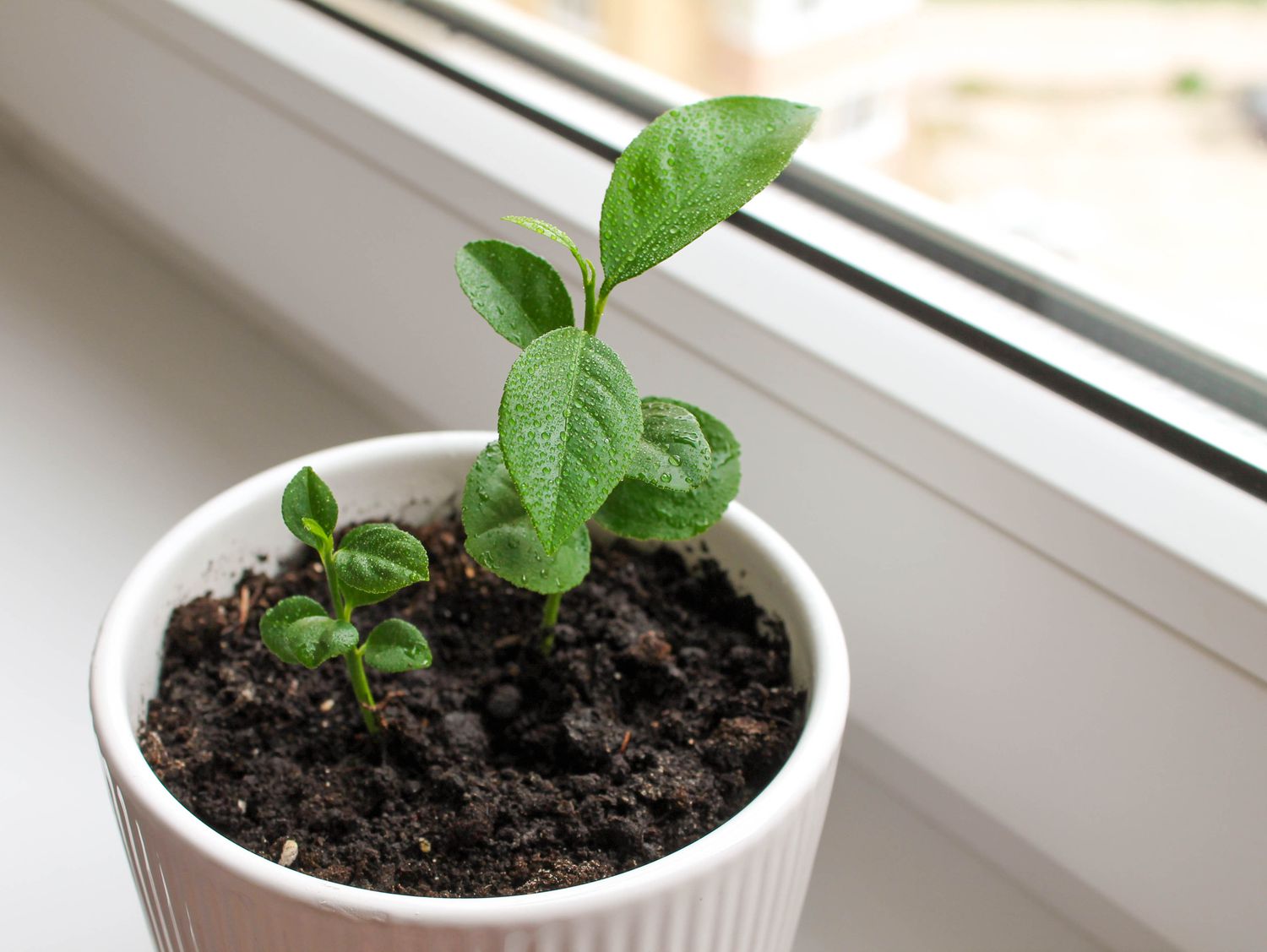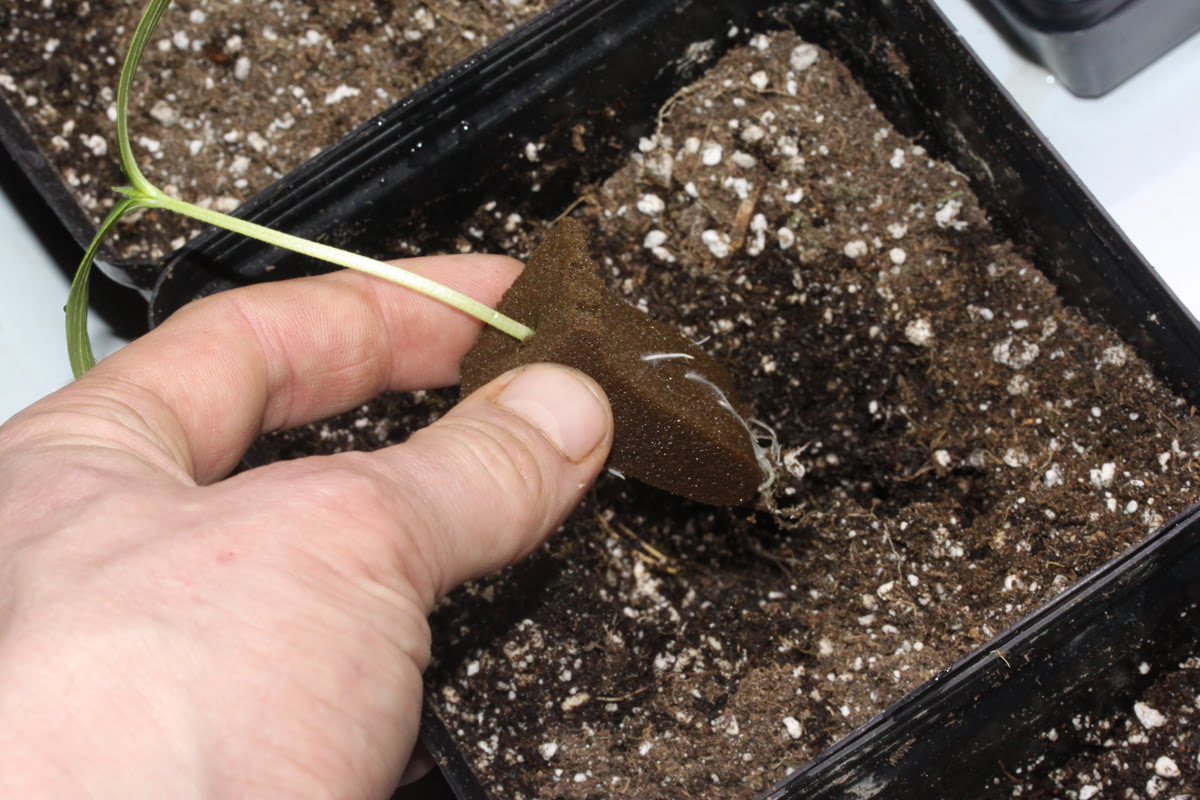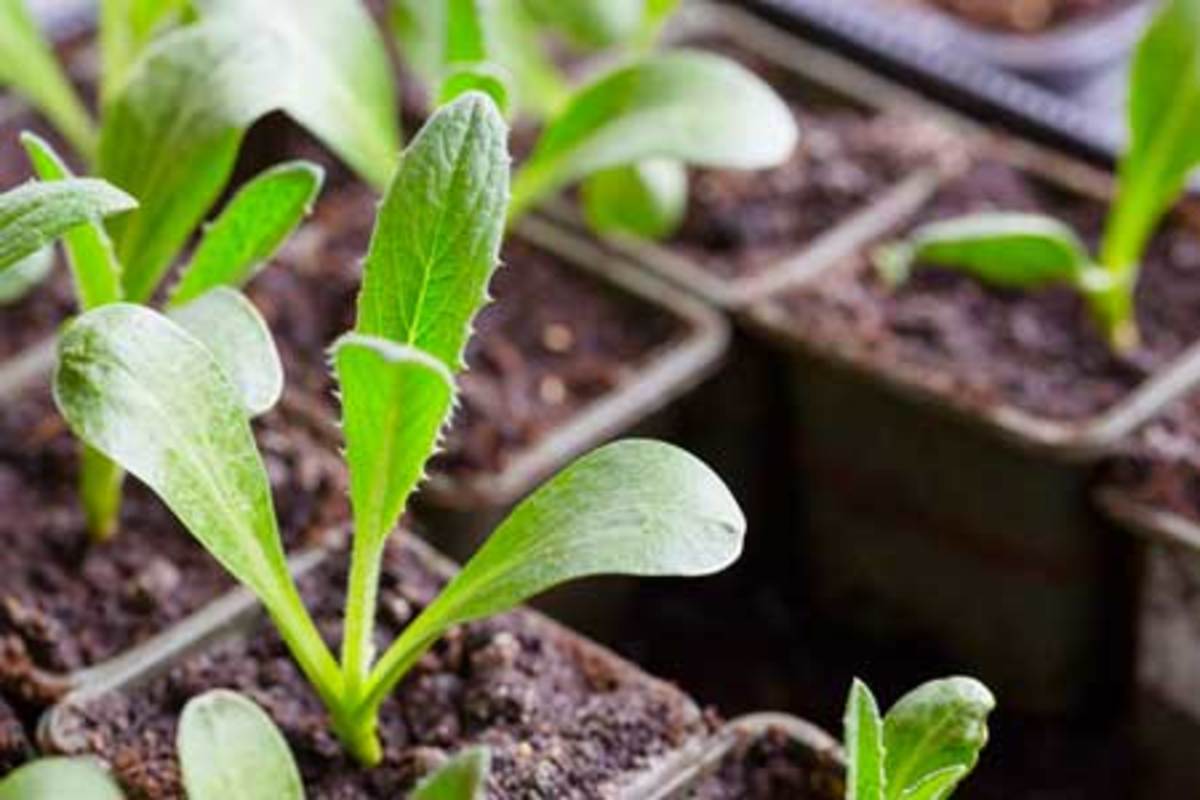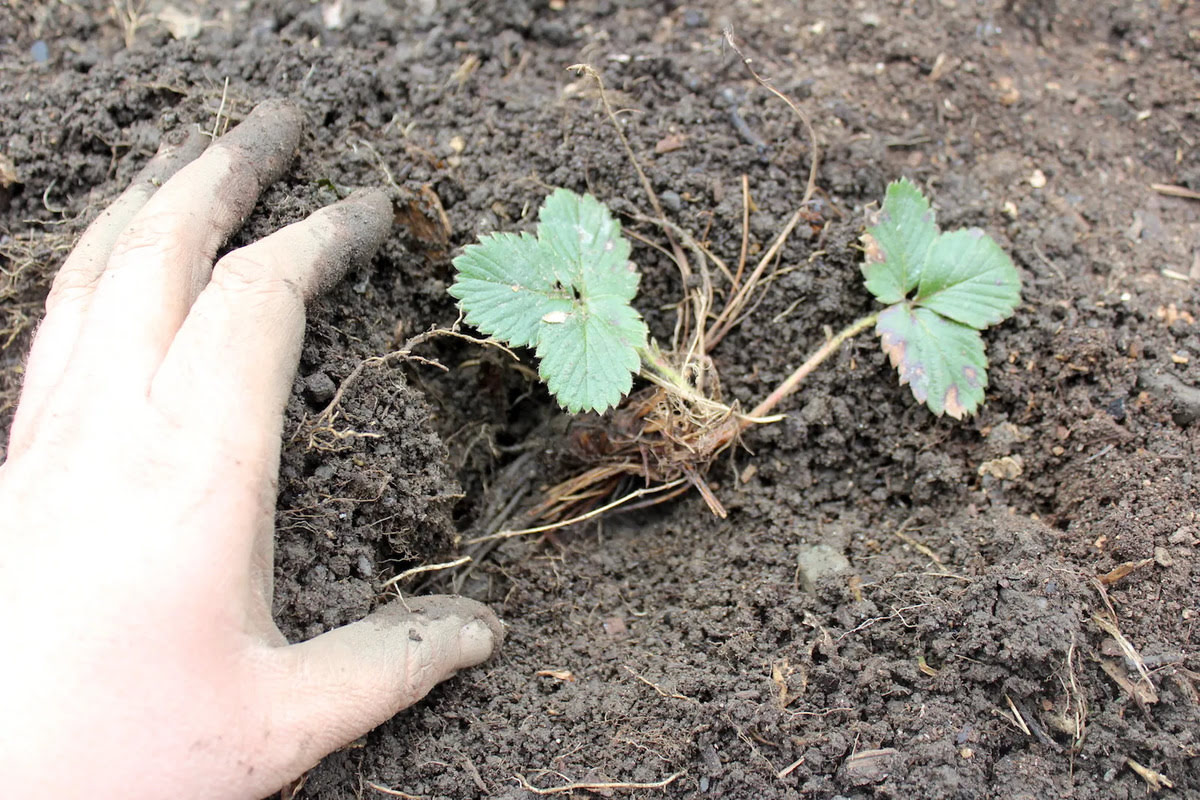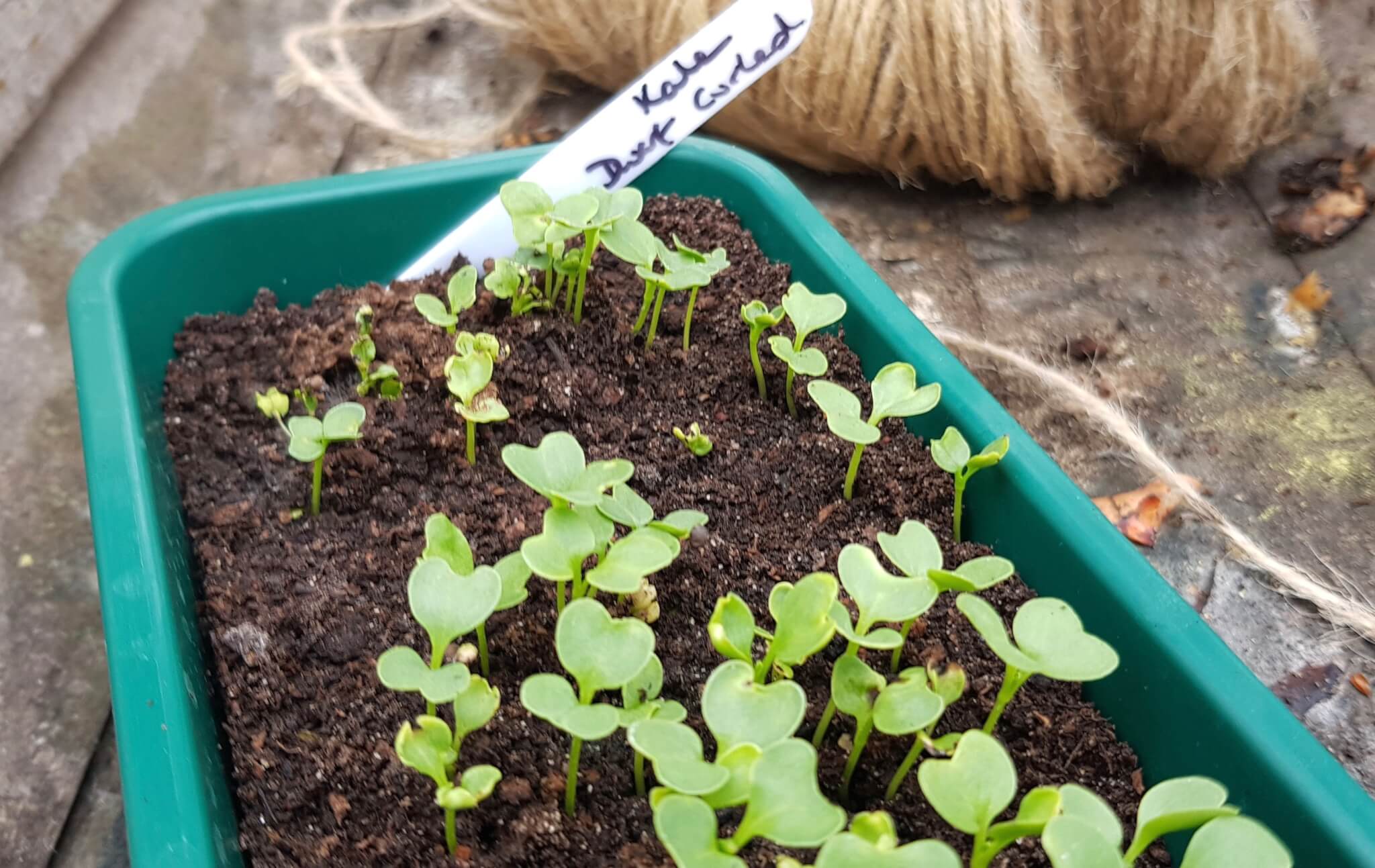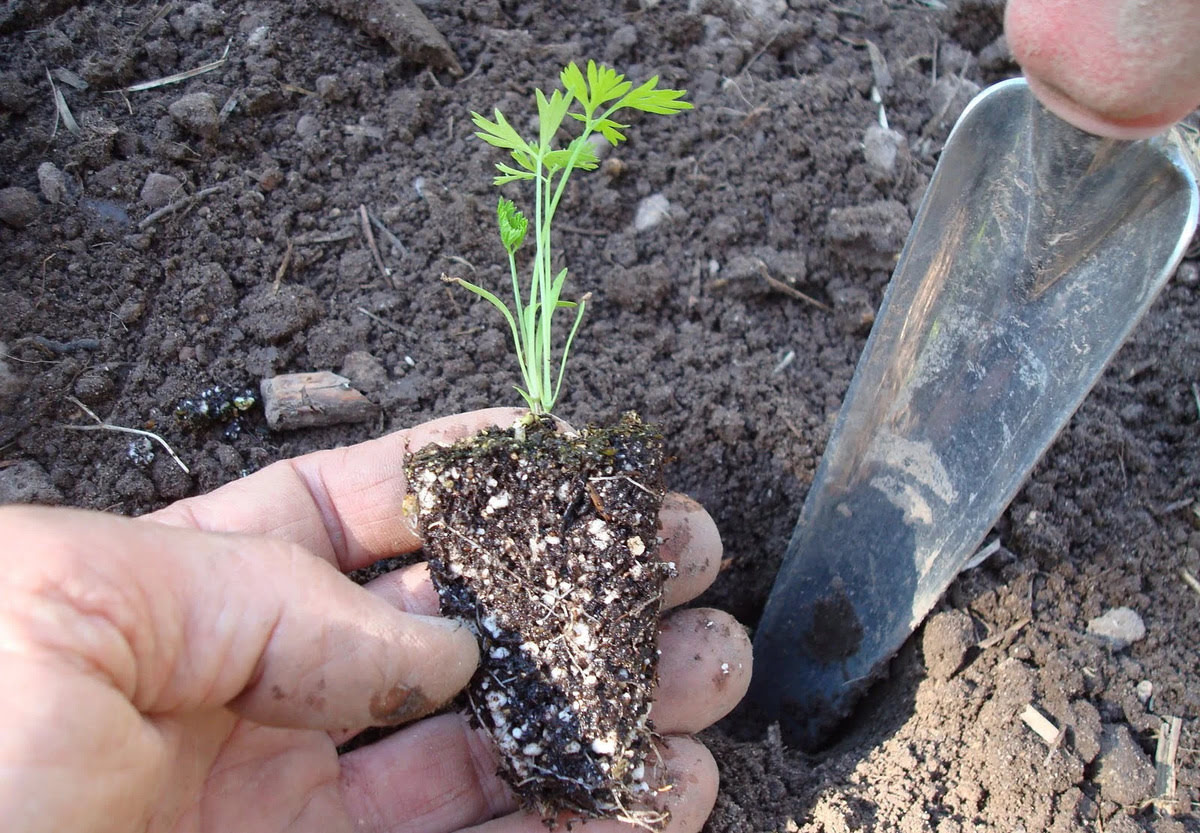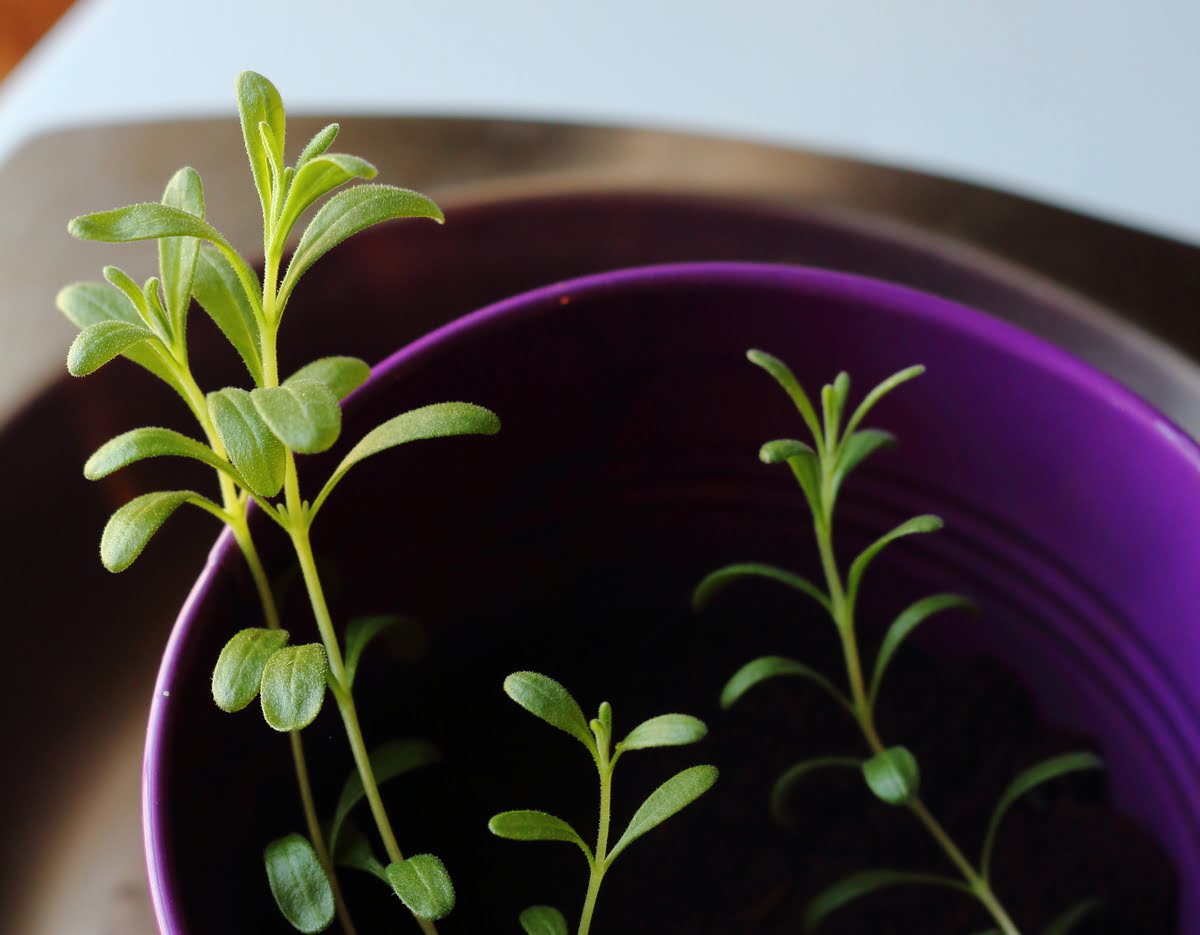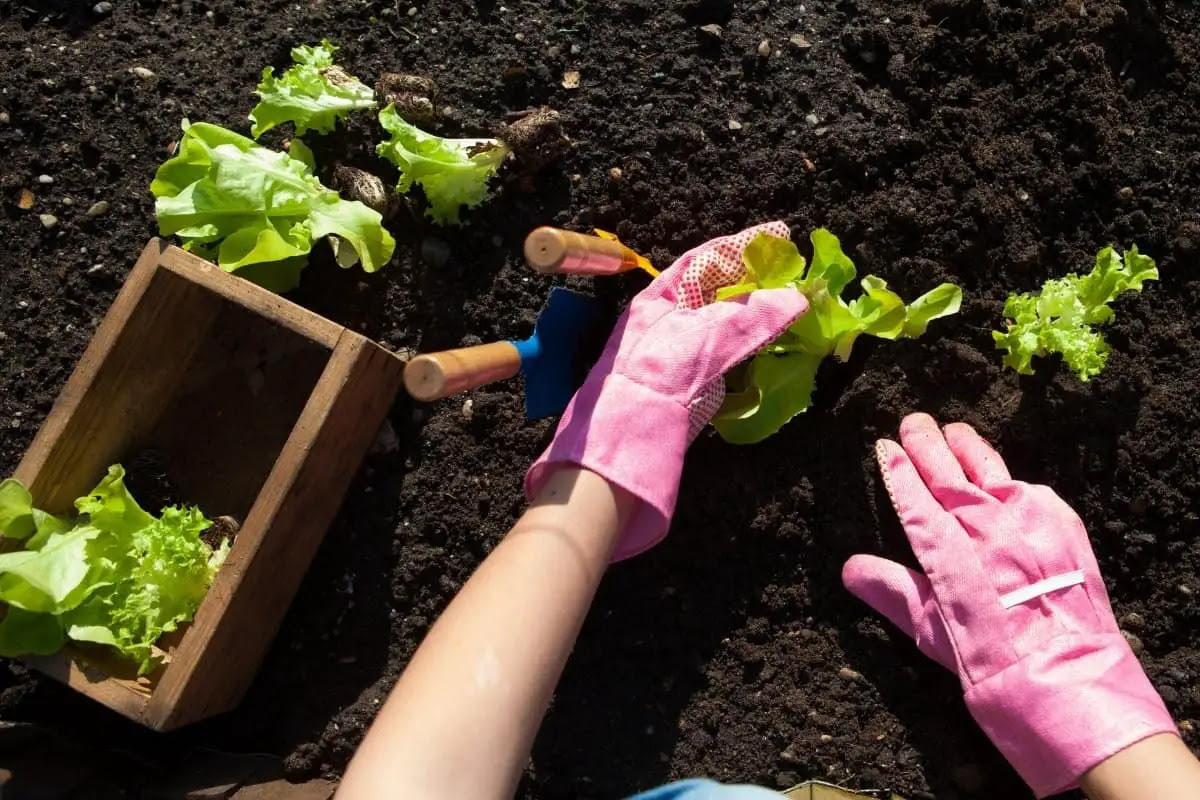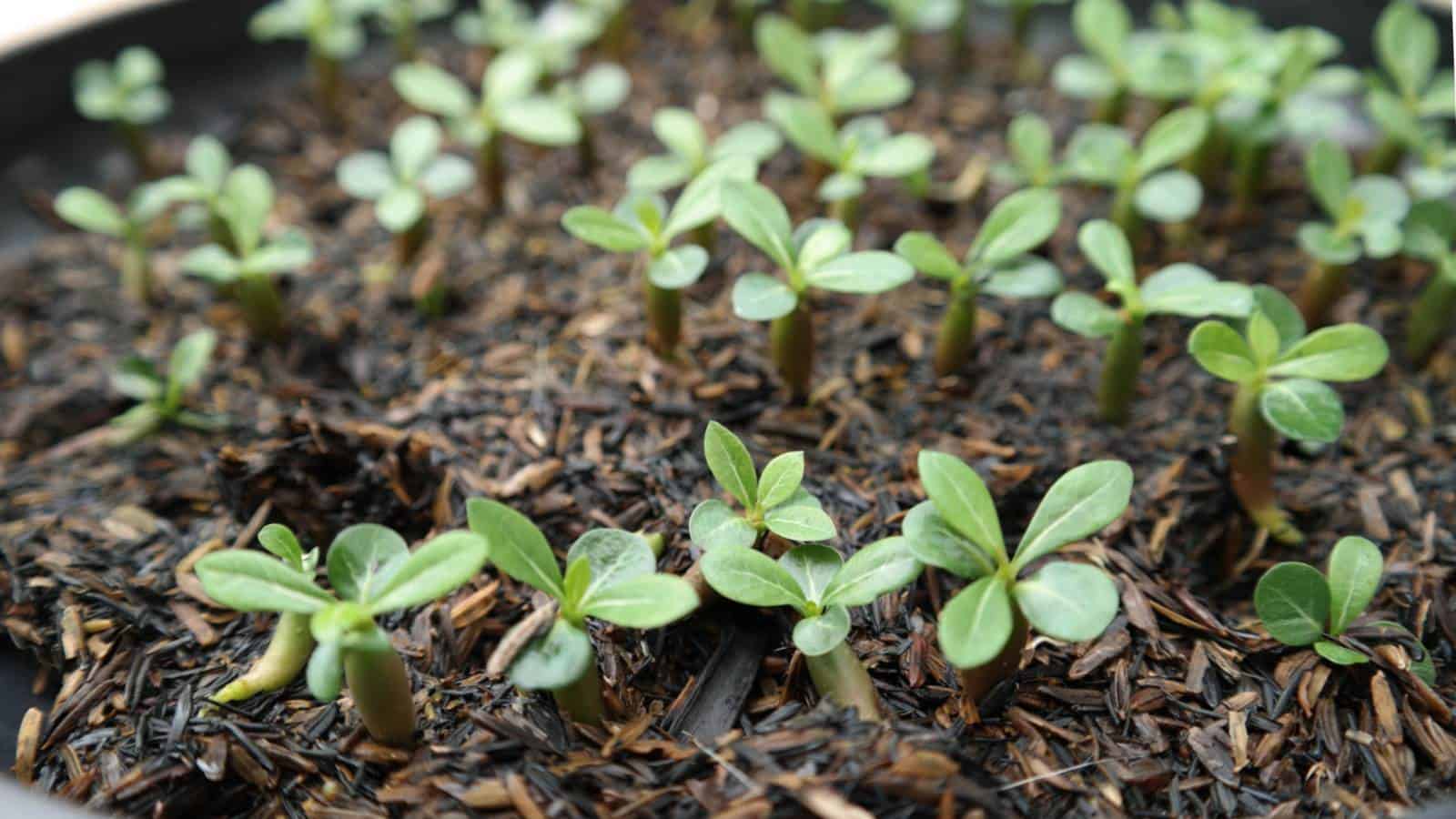Home>Types of Gardening>Ornamental Gardening>When To Transplant Seedlings To DWC
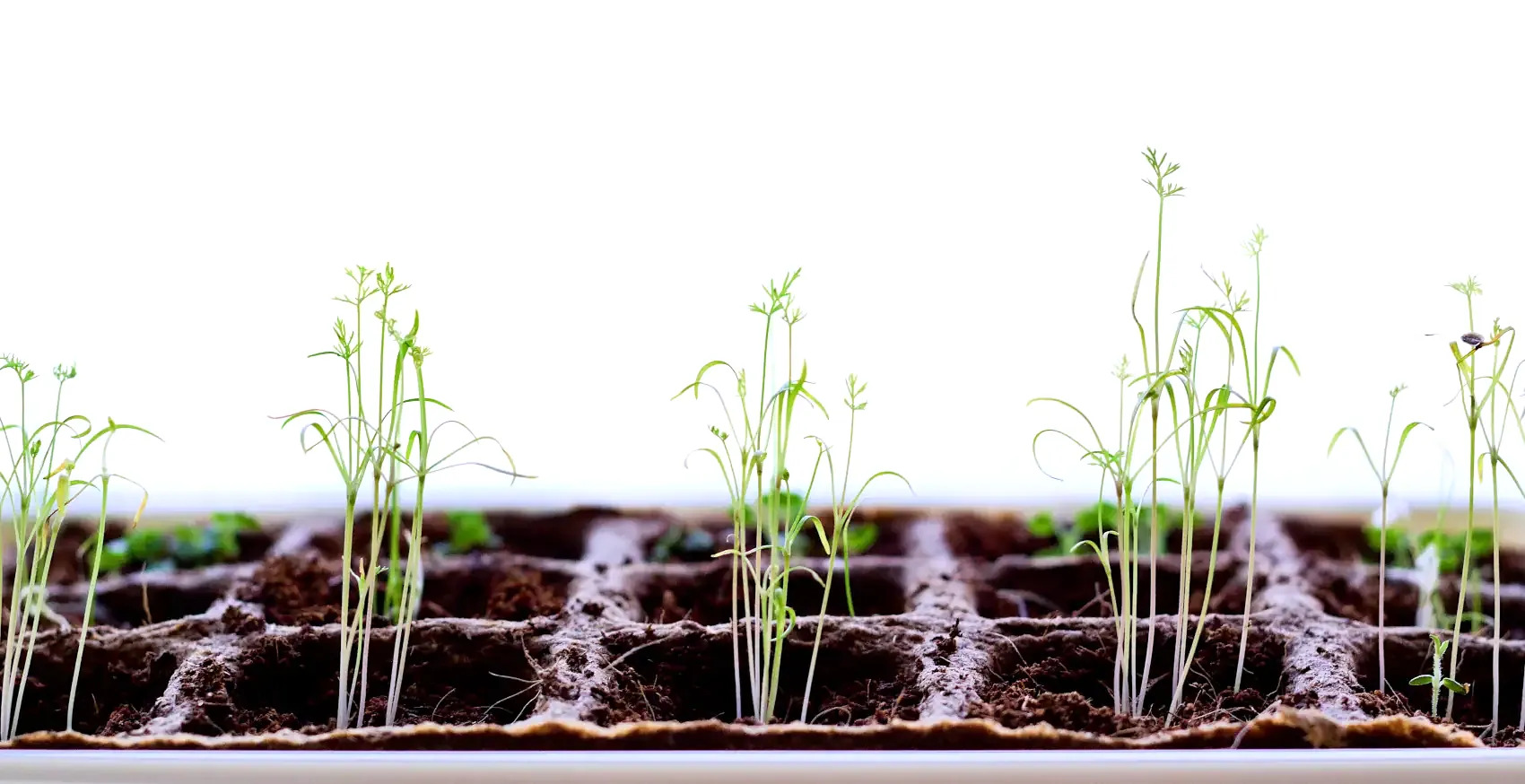

Ornamental Gardening
When To Transplant Seedlings To DWC
Published: January 6, 2024
Learn when to transplant seedlings to deep water culture (DWC) for your ornamental gardening needs. Discover the best timing for successful growth.
(Many of the links in this article redirect to a specific reviewed product. Your purchase of these products through affiliate links helps to generate commission for Chicagolandgardening.com, at no extra cost. Learn more)
Table of Contents
Introduction
Welcome to the world of Deep Water Culture (DWC) gardening, where the art of nurturing plants reaches new depths—quite literally! DWC systems offer an innovative approach to hydroponic gardening, allowing plants to thrive in a nutrient-rich solution without the use of soil. As a gardening enthusiast, you may have embarked on this journey to explore the endless possibilities of cultivating ornamental plants in a soilless environment.
In this comprehensive guide, we will delve into the intricacies of transplanting seedlings to a DWC system. From understanding the fundamental principles of DWC to unraveling the optimal timing for transplanting seedlings, this article aims to equip you with the knowledge and confidence to foster healthy and vibrant plant growth in your DWC setup.
Whether you are a seasoned hydroponic gardener seeking to expand your horticultural horizons or a novice eager to embark on this captivating journey, this guide is tailored to provide valuable insights and practical tips for a successful seedling transplanting experience. So, grab your gardening gloves and let's embark on this enriching horticultural expedition into the realm of DWC gardening!
Understanding DWC Systems
Deep Water Culture (DWC) is a hydroponic system that involves suspending plant roots in a nutrient solution, allowing them to directly absorb essential minerals and oxygen. At the core of a DWC setup lies a reservoir filled with oxygenated water, providing a buoyant environment for the plant roots to thrive. The primary components of a typical DWC system include the reservoir, air pump, air stone, growing tray, and a growing medium, if used.
The reservoir serves as the heart of the DWC system, holding the nutrient solution and providing a stable foundation for plant growth. An air pump and air stone are integral in maintaining adequate oxygen levels within the nutrient solution, ensuring that the roots receive ample oxygen for respiration. The growing tray, which houses the plants, is positioned above the reservoir, allowing the roots to dangle freely into the nutrient solution.
One of the defining features of DWC gardening is the absence of soil, as the plants rely solely on the nutrient solution to fulfill their nutritional needs. This soilless approach not only eliminates the risk of soil-borne diseases but also grants growers greater control over the precise composition of nutrients delivered to the plants. Additionally, the buoyant nature of the roots in the oxygenated water promotes rapid nutrient uptake and fosters robust plant development.
By gaining a comprehensive understanding of the key components and principles that underpin DWC systems, you can harness the full potential of this innovative hydroponic method. With a solid grasp of the foundational concepts, you are better equipped to navigate the intricacies of transplanting seedlings into a DWC setup, setting the stage for a flourishing and bountiful garden.
Seedling Growth and Development
Before delving into the intricacies of transplanting seedlings into a Deep Water Culture (DWC) system, it’s crucial to understand the pivotal stages of seedling growth and development. Seedlings represent the nascent phase of a plant’s life, characterized by delicate roots, tender stems, and the emergence of initial leaves. During this formative stage, seedlings are particularly vulnerable to environmental stressors and require optimal conditions to establish strong root systems and robust growth.
As seedlings germinate and mature, they undergo a series of critical developmental milestones. The emergence of cotyledon, or seed leaves, marks the initial stage of photosynthesis, enabling the seedling to harness energy from light and kickstart its growth. Subsequently, the development of true leaves signifies the plant’s progression towards increased photosynthetic capacity and the ability to generate energy through the absorption of carbon dioxide and light.
Root development is equally vital during the seedling stage, as it lays the foundation for nutrient absorption and overall plant vigor. Healthy, well-established roots are essential for anchoring the plant and facilitating the uptake of water and nutrients from the surrounding environment. Moreover, a robust root system empowers the plant to withstand transplantation shock and adapt seamlessly to new growing conditions.
Throughout the seedling stage, environmental factors such as light intensity, temperature, humidity, and nutrient availability exert profound influences on the plant’s development. By meticulously tending to the needs of seedlings and providing a nurturing environment, growers can instill resilience and vitality in their young plants, paving the way for successful transplantation into a DWC system.
By comprehending the intricate nuances of seedling growth and development, you can cultivate a profound appreciation for the delicate yet transformative journey that unfolds within the realm of horticulture. Armed with this knowledge, you are poised to embark on the next phase: the strategic and meticulous process of transplanting seedlings into a DWC system, where their potential for robust growth and flourishing beauty awaits.
Factors to Consider Before Transplanting
Transplanting seedlings into a Deep Water Culture (DWC) system is a pivotal juncture in the horticultural journey, demanding careful consideration of various factors to ensure the seamless acclimatization and sustained growth of the young plants. Before initiating the transplanting process, it is imperative to take stock of several key elements that can significantly influence the success of this transition.
- Seedling Vigor: Assess the overall health and vigor of the seedlings before transplanting. Opt for seedlings that exhibit robust growth, vibrant foliage, and well-developed root systems, as they are more likely to thrive in the new environment.
- Root Development: Adequate root development is essential for the successful transition of seedlings to a DWC system. Ensure that the roots are sufficiently developed to facilitate nutrient uptake and provide stability to the plants.
- Environmental Stability: Create a stable and conducive environment within the DWC system by maintaining optimal temperature, humidity, and light conditions. Consistent environmental parameters promote seamless adaptation and sustained growth post-transplantation.
- Nutrient Solution Preparation: Prepare a well-balanced nutrient solution tailored to the specific needs of the ornamental plants. The nutrient solution should encompass essential macro and micronutrients to support healthy growth and blooming.
- Transplanting Timing: Select an opportune time for transplanting, considering the stage of seedling development and the absence of environmental stressors. Avoid transplanting during extreme temperature fluctuations or when the seedlings are undergoing active flowering or fruiting.
- Hygiene and Sterility: Prioritize hygiene and sterility during the transplanting process to mitigate the risk of introducing pathogens or contaminants into the DWC system. Use clean, sterilized equipment and ensure a sanitized environment to safeguard the health of the plants.
By meticulously evaluating these critical factors and making informed decisions, growers can lay a solid foundation for the successful integration of seedlings into a DWC system. This proactive approach not only fosters the well-being of the transplanted seedlings but also sets the stage for a flourishing and visually captivating hydroponic garden.
Transplanting Seedlings to DWC
The process of transplanting seedlings into a Deep Water Culture (DWC) system demands precision, care, and a deep understanding of the plants’ needs during this critical transition. By following a systematic approach, you can ensure the seamless integration of the seedlings into the nutrient-rich aquatic environment, setting the stage for robust growth and vibrant ornamental displays.
Preparation: Prior to transplanting, thoroughly inspect the seedlings to confirm their readiness for the transition. Prepare the DWC system by ensuring that the reservoir is filled with a well-aerated nutrient solution, maintaining optimal pH levels and nutrient concentrations tailored to the specific requirements of the ornamental plants.
Root Pruning (if applicable): In some cases, the roots of seedlings may have grown excessively long or become entangled. If necessary, carefully prune the roots to promote a more manageable and uniform root structure, facilitating the transition into the DWC system.
Transplanting Technique: Gently remove the seedlings from their original containers, taking care not to damage the delicate roots and foliage. Subsequently, place the seedlings into the designated slots or growing sites within the DWC system, ensuring that the roots are fully submerged in the nutrient solution and the growing medium, if used, provides adequate support.
Post-Transplant Care: Following the transplanting process, monitor the seedlings closely to assess their response to the new environment. Maintain consistent environmental parameters, including temperature, humidity, and light exposure, to minimize stress and encourage rapid acclimatization. Additionally, continue to aerate the nutrient solution to facilitate optimal oxygen levels for the roots.
Transition Period: Seedlings may undergo a brief adjustment period post-transplantation. During this phase, allocate extra care to support the seedlings’ adaptation to the DWC system, ensuring that they receive the necessary nutrients and environmental conditions to foster resilience and sustained growth.
By approaching the transplanting process with attentiveness and a keen eye for detail, you can elevate the prospects of a successful integration of seedlings into the DWC system. This pivotal phase sets the stage for the plants to flourish in their buoyant, soilless habitat, unfurling their captivating beauty and infusing the hydroponic garden with vibrancy and allure.
Aftercare and Maintenance
Following the transplanting of seedlings into the Deep Water Culture (DWC) system, diligent aftercare and maintenance are paramount to nurture the plants and sustain their flourishing growth in the soilless aquatic environment. By prioritizing attentive upkeep and proactive measures, you can cultivate a thriving hydroponic garden brimming with vibrant ornamental plants.
Nutrient Solution Management: Regularly monitor and adjust the nutrient solution to maintain optimal pH levels and nutrient concentrations. Periodically replenish the reservoir with fresh nutrient solution to ensure a continuous supply of essential elements for the plants.
Oxygenation: Sustaining adequate oxygen levels within the nutrient solution is crucial for promoting robust root development and overall plant vitality. Regularly inspect and maintain the air pump and air stone to facilitate efficient aeration of the nutrient solution.
Hygiene and Sanitation: Uphold strict hygiene practices to prevent the accumulation of algae, pathogens, or contaminants within the DWC system. Regularly clean and sterilize the growing tray, reservoir, and associated equipment to safeguard the plants from potential threats.
Environmental Monitoring: Continuously monitor environmental parameters such as temperature, humidity, and light exposure to ensure that the growing conditions remain conducive to plant growth. Adjust these factors as needed to accommodate the evolving needs of the ornamental plants.
Pruning and Training: As the plants thrive within the DWC system, engage in regular pruning and training to shape their growth and encourage optimal development. Remove any dead or decaying foliage to maintain plant health and aesthetic appeal.
Pest and Disease Management: Stay vigilant against potential pest infestations and diseases that may affect the plants. Implement preventive measures and, if necessary, utilize organic pest control methods to mitigate risks and preserve plant wellness.
Regular Inspection and Care: Dedicate time to routinely inspect the plants for signs of nutrient deficiencies, stress, or irregular growth. Address any issues promptly and provide the necessary care to sustain the plants’ vigor and visual splendor.
By embracing a comprehensive approach to aftercare and maintenance, you can cultivate a thriving hydroponic garden teeming with resplendent ornamental plants. The commitment to meticulous upkeep and proactive intervention lays the groundwork for a captivating and enduring display of natural beauty within the DWC system.
Conclusion
Embarking on the journey of transplanting seedlings into a Deep Water Culture (DWC) system unveils a realm of boundless possibilities for cultivating vibrant and captivating ornamental plants. By immersing oneself in the intricacies of DWC gardening and embracing the nuanced art of nurturing plants in a soilless aquatic environment, growers can unlock the potential for bountiful growth and visual allure within their hydroponic gardens.
From comprehending the foundational principles of DWC systems to meticulously evaluating the critical factors preceding the transplanting process, this guide has illuminated the path toward a successful integration of seedlings into the nutrient-rich aquatic habitat. By prioritizing the health and vigor of the seedlings, maintaining environmental stability, and upholding stringent hygiene practices, growers can lay a robust foundation for the thriving growth of their ornamental plants within the DWC system.
The strategic and meticulous process of transplanting seedlings into the DWC system, coupled with diligent aftercare and maintenance, sets the stage for a flourishing hydroponic garden teeming with resplendent beauty. By nurturing the plants with unwavering dedication and attentiveness, growers can witness the transformation of tender seedlings into majestic, blooming specimens, adorning the DWC system with a tapestry of color and vitality.
As the ornamental plants flourish within the buoyant embrace of the DWC system, their radiant blooms and lush foliage serve as a testament to the harmonious synergy between horticultural expertise and the innovative realm of hydroponic gardening. The captivating allure of vibrant ornamental plants thriving in a soilless aquatic habitat stands as a testament to the transformative potential of DWC systems, inspiring growers to cultivate enduring beauty and botanical splendor within their hydroponic gardens.
With a deep-rooted understanding of DWC gardening and a steadfast commitment to nurturing the plants through every stage of their growth, growers can cultivate a hydroponic oasis brimming with exuberant life and natural elegance. The journey of transplanting seedlings into a DWC system transcends mere horticulture, evolving into a transformative and enriching experience that celebrates the profound beauty and resilience of ornamental plants in their buoyant, soilless sanctuary.
